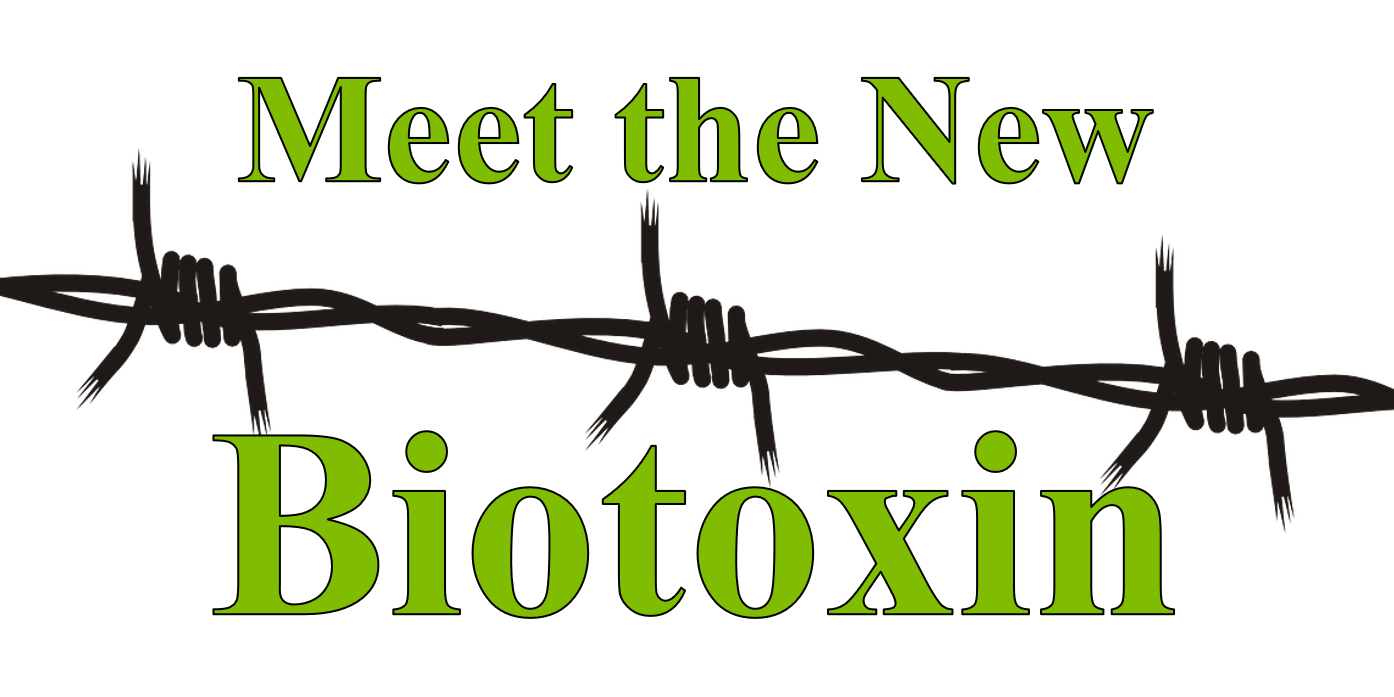Introductions are in order for the newest biotoxin to the world of life and medicine. Over the years society has become more and more familiar with biotoxins like mold toxins, Lyme, Bartonella, red tide, and others. Those who suffer from these illnesses would not wish their symptoms on anyone. Those of us who care for these afflicted patients weep with the struggles they endure. Now we find our world and our clinics filling with a new biotoxin that no one saw coming. It’s like we turned on the lights and suddenly spike protein was standing in our bedrooms one morning shouting obscenities and slinging symptoms at our family, friends, and patients.
Of course, being a novel coronavirus, COVID 19 by definition new to humans. We have known and lived with countless other similar viruses which cause the common cold and similar minor illnesses. Now we are getting to know two overlapping sides of this new intruder, its acute and severe initial illness side, as well as its so called Long-Hauler syndrome or Post COVID syndrome side. On one hand, the first impressions of this virus with its spike protein vary between “I never even knew I had it” to hospitalization, ventilators, and death. Like other first introductions, anything is possible.
If only that first meeting led to nothing more than a bad memory, we would not be stereotyping this novel virus as a biotoxin. When Long-Hauler COVID keeps stalking someone after the first infectious meeting, then we realize that the spike protein has developed a toxic relationship with our bodies like other biotoxins. Mold toxins, Lyme toxins, and other biotoxins each have slightly different personalities in how they disrupt our patient’s lives yet share a number of common features. The spike protein is turning into a chip off the old block in terms of repeating these same sociopathic features in Long Hauler patients.
Let’s lay out a quick biotoxic personality sketch of our new stalker, the COVID spike protein. Books are being written on the subject, so a short article like this will only scratch the surface, but we have to start somewhere.
Not surprisingly, the spike protein speaks the language of our immune system like other biotoxins. The spike protein’s caustic interactions trigger various cascades of inflammation in our bodies. Early on, it triggers the typical inflammatory markers like C-reactive protein. This trait would not make it a biotoxin, but when it hyperactivates transforming growth factor beta 1, we begin to connect the dots and recognize its biotoxin, chronic inflammatory response syndrome patterns. If this would just turn off in days to a few weeks, we would not get the stalker known as Long-Hauler. If it chooses to continue in a given person, we see a number of the long term effects.
This immunological personality of the spike protein also mimics other biotoxins by allowing latent viruses such as Epstein Barr virus (mononucleosis) to reawaken and begin wrecking some havoc of their own. The immune disruption allows these viruses which had been asleep in our body cells to begin growing again, triggering a variety of symptoms.
Yet again, the immune dysfunction personality can express itself by triggering mast cell activation symptoms. Mast cells are immune cells which release histamine among dozens of other chemicals to coordinate our immune attacks and defenses. The spike protein or something else in the COVID 19 infection can leave these cells very irritable, meaning they release allergic symptom causing histamine at the drop of a hat. Rashes, GI symptoms, wheezing, and sinus symptoms can indicate an ongoing mast cell issue post COVID.
Adding to the immune annoyance, this spike protein immune dysfunction spills into our GI tract. Recent research indicates the spike protein prevents our immune B cells and T cells from gathering in clumps in our intestines to do their battle planning. When the B cells and T cells can’t talk to each other, their teamwork fizzles. This can leak to ongoing intestinal infection with the virus as well as open the door for dysbiosis, or bacterial imbalance in the gut. Nothing but trouble comes from this.
Turning back to the basic function of the immune system, we find that the spike protein throws mud in the eyes of our immune system, causing it to mistake our own tissues for the enemy. By causing our immune system to see our tissues as the enemy, it triggers the production of antibodies which can lead to autoimmune diseases like Hashimoto’s thyroid disease, diabetes type 1, and other unusual conditions. We see a lot of weird skin changes come from this autoimmune reaction.
The toxic personality traits of the spike protein continue to afflict the immune system when they get trapped in immune cells called non-classical monocytes. These cells, when later stimulated, trigger inflammation in the cells lining our blood vessels. These endothelial cells when inflamed then restrict blood flow to the nearby cells. This can cause decreased blood flow in muscles, heart, brain and other others. Obviously, inflammation and decreased blood flow in these organs do not leave one feeling good about this ongoing health stalker.
While the immune system goes haywire, the brain takes punches during the first date in a variety of potentially long term ways. The nerves that allow the senses of smell and tasting receive some damage and can take a while to heal to the point that one can taste and smell normally again. The inflammation of blood vessels in the brain can cause mini strokes, brain fog and even seizures. Mental acuity may take weeks to months to return to normal. Headaches may persist as well. The increased clotting of the blood also makes strokes easier to occur.
The inflammation and dysfunction in the brain can also lead to psychiatric effects besides the neurologic ones. Previously existing conditions like panic attacks, anxiety, and depression may worsen. Those without any prior mental health diagnoses may suddenly develop these symptoms. They can be so severe as to debilitate the person and hinder their work and social life.
Besides the immune system and nervous systems, the cardiovascular system can be affected adversely from the heart down to the blood vessels. Inflammation in one’s heart, called myocarditis, takes the wind out of its pumping ability, causing fatigue and chest pain or palpitations. Destruction of the ACE2 receptors, the entry point for COVID viruses, can lead to hypertension, kidney injury, and further clotting. The alteration in inflammation and clotting factors can lead to fatal blood clots in the lungs weeks after the infection.
While the spike protein hijacks our immune system, hits our nervous system, and kicks our cardiovascular system to cause all of these problems, it also works on some other organ systems. The first encounter with COVID can leave lingering lung effects from scarring and fibrosis. Either through immune dysfunction or inflammation or some other mechanism, the hormonal glands like the thyroid and pancreas can be injured. This can worsen or trigger hypothyroid and diabetes. Vague pains in various body locations can also occur.
Diagnosis, evaluation, and treatment of this new biotoxin presenting as Long Hauler COVID might be a little easier if all patients had the same symptoms, but just like other biotoxins, nearly everyone is different in some way. There will be no cookie cutter therapy plans for this biotoxin. Each Long Hauler patient needs personalized evaluation and personalized therapy targeting not just the organ systems affected but taking into consideration the mechanism of ongoing injury. Functional medicine is ready for another biotoxin like a knight looks forward for another dragon to slay. We are prepared but know that the battle won’t be easy. Still, someone has to do this work if conventional medicine won’t step up to the plate.
Sanctuary Functional Medicine, under the direction of Dr Eric Potter, IFMCP MD, provides functional medicine services to Nashville, Middle Tennessee and beyond. We frequently treat patients from Kentucky, Alabama, Mississippi, Georgia, Ohio, Indiana, and more... offering the hope of healthier more abundant lives to those with chronic illness.







